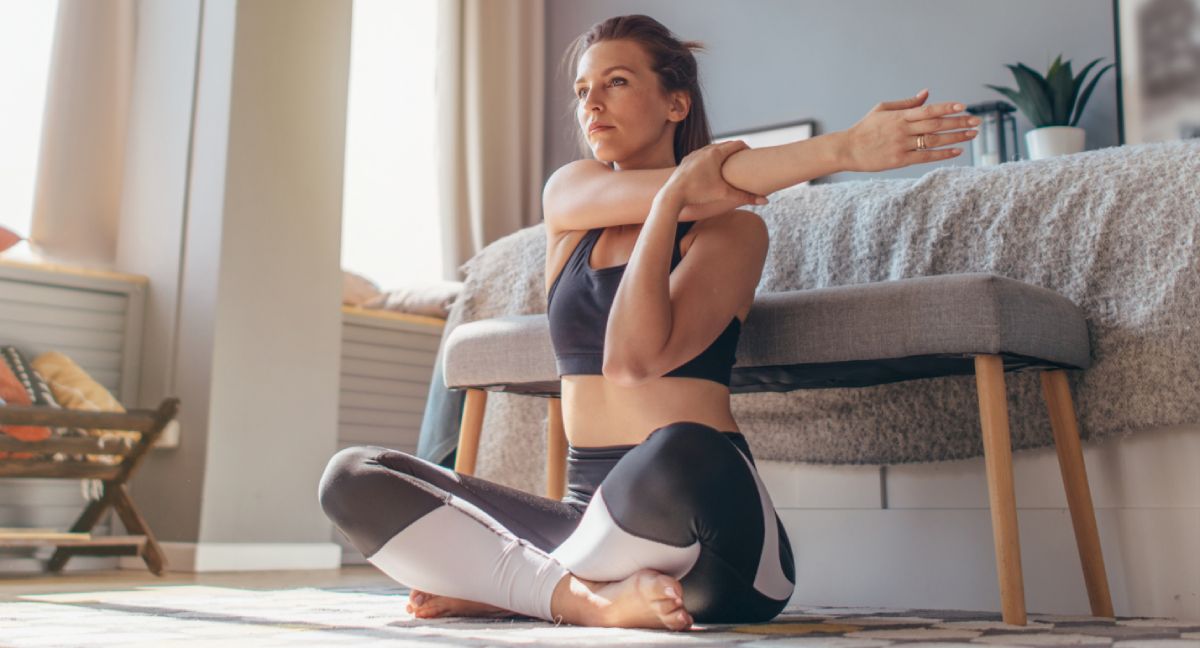
11 Nov, 2024 How to Avoid Shoulder and Hand Injuries While Staying Active in Winter
Winter can be a challenging time to stay active, especially when cold temperatures increase the risk of shoulder and hand injuries. Whether you’re exercising outdoors, playing sports, or just going about your daily routine, it’s important to take extra precautions to protect these vulnerable areas of the body. In this blog, we’ll discuss common winter-related shoulder and hand issues and provide tips to help you stay safe and injury-free.
1. Understanding Why Winter Increases the Risk of Injury
Cold weather causes muscles and joints to tighten, leading to reduced flexibility and mobility. This makes you more prone to strains, sprains, and joint discomfort, especially in areas like the shoulders and hands, which are commonly exposed to the elements. Additionally, exposure to the cold wind in places like Delhi while riding on bikes and Autos or engaging in winter sports can place extra stress on these areas.
2. Common Shoulder and Hand Injuries in Winter
- Rotator Cuff Strains: Often caused by overuse or sudden movement, especially during activities like exercising, household chores.
- Frozen Shoulder (Adhesive Capsulitis): Stiffness and pain in the shoulder due to limited movement, often exacerbated by cold weather.
- Tendonitis: Inflammation of tendons in the shoulder or hand due to repetitive stress or improper posture.
- Hand and Wrist Strains: Caused by gripping tools or carrying heavy objects.
3. Warm-Up and Stretching: Your Best Defense

Before heading out in the cold, ensure you spend 10-15 minutes warming up your body. Focus on shoulder and hand mobility exercises to loosen muscles and increase blood flow. Some effective exercises include:
- Arm Circles: To loosen shoulder joints.
- Shoulder Rolls: To relieve tension in the upper back and shoulders.
- Finger Flexing and Fist Clenching: To improve hand flexibility.
4. Layering for Joint Protection
Keep your shoulders, hands, and wrists warm by wearing appropriate winter gear. Use insulated, flexible gloves to retain dexterity while protecting your hands from the cold. Wearing a light but warm jacket with layers allows for freedom of movement.
5. Modify Your Workouts
In the winter, it’s wise to adjust your regular workout routine to prevent injury. Avoid sudden, high-intensity exercises without proper preparation. Incorporate low-impact activities like yoga, swimming in temperature-controlled pools, or Pilates to improve flexibility and strength without putting strain on your joints.
6. Proper Posture During Winter Activities
Whether you’re carrying groceries, or simply walking on the road, or sleeping, maintaining proper posture is key to avoiding injury:
- Carrying Objects: Keep heavy items close to your body to reduce the strain on your shoulders and hands.
- Sleeping: Keeping a check on the mattress used and pillow sizes along with the position of sleep is important in preventing back and neck problems.
7. Stay Hydrated and Maintain Joint Health
Cold weather often makes people forget the importance of hydration, but staying hydrated is essential for maintaining joint health and preventing stiffness. Drink plenty of water throughout the day and consider adding joint-friendly foods like fish rich in omega-3 fatty acids and leafy greens to your diet.
8. Know When to Seek Medical Help
If you experience persistent pain in your shoulders or hands despite taking precautions, it’s important to consult a healthcare professional. Ignoring symptoms can lead to chronic conditions like arthritis, tendonitis, or frozen shoulder, which may require more intensive treatment.
Conclusion
Staying active in winter is essential for overall health, but it’s equally important to protect yourself from injuries, particularly in vulnerable areas like the shoulders and hands. By warming up properly, dressing appropriately, modifying your workouts, and maintaining good posture, you can reduce your risk of injury and continue enjoying the benefits of physical activity throughout the colder months.
